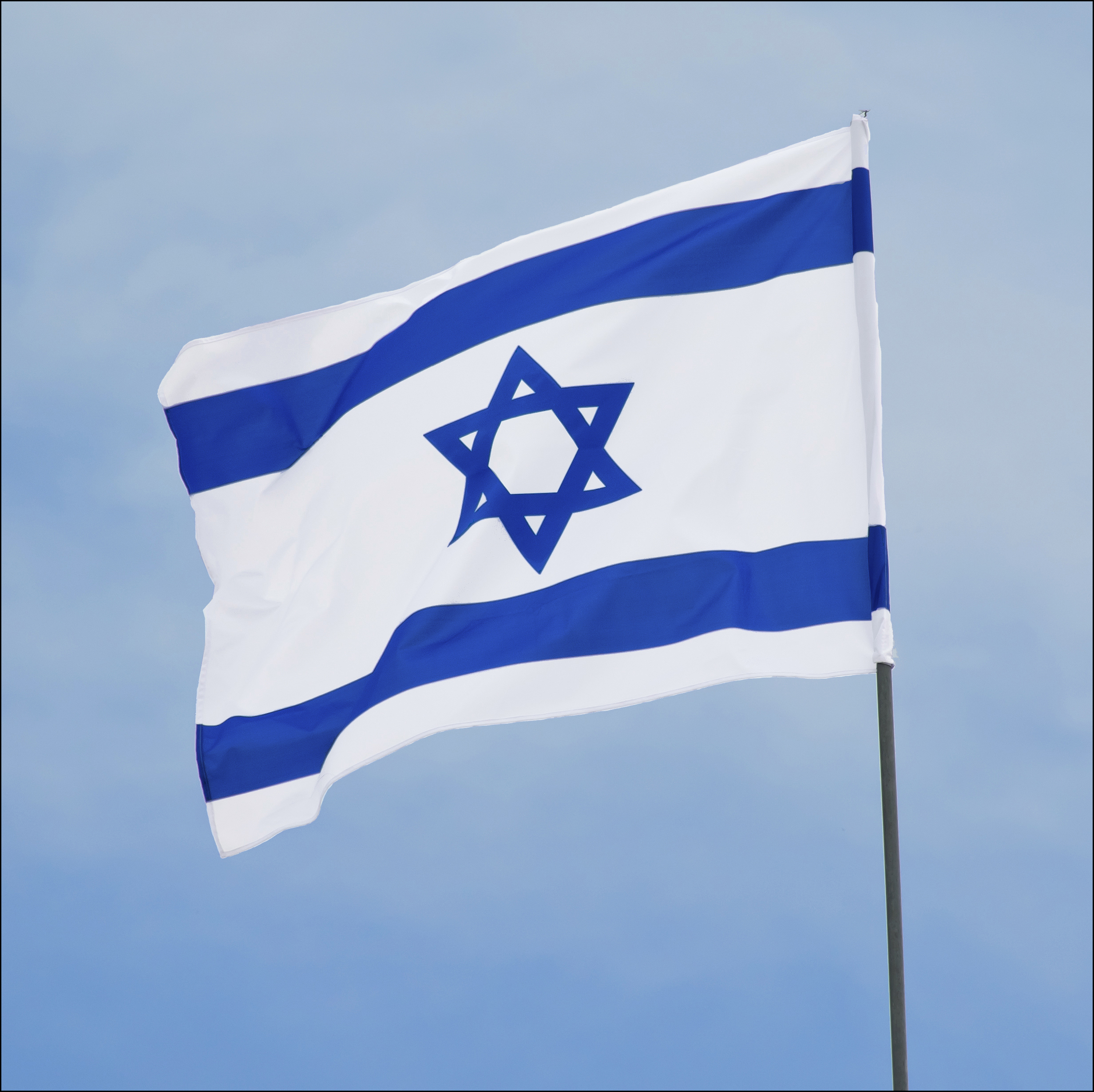In mid-August, while
I was returning from a family vacation in Santa Fe and enjoying life, the world
got darker. A candidate for President of the United States appointed the
leading promoter of White Supremacists to head his campaign. Donald Trump
appointed Steve Bannon, head of Breitbart News, as CEO of his campaign.
If Trump wins, the Ku Klux Klan will have an office in the White House.
When conservatives
get power, they try to limit gay rights, minority voting rights, and abortion
rights. But Bannon in the West Wing will
mean women’s rights and even civil rights are in peril. Every genocide begins with the group in power
taking human rights away from minorities.
Next the party in power takes away minority citizenship, next those in
the minority become refugees or die. It is a large and terrible sign that Trump
began his campaign by saying illegal immigrants are not people like us. Trump’s use of “They” and “Them” is straight
out of every dictator’s playbook. And Trump loves Vladimir Putin.
Speaking
of Russian dictators, my paternal grandparents escaped the Holocaust by
escaping from what is now Odessa, Ukraine, (They called it Russia.) when killing
tens of thousands of Jews was Russian government policy. Millions of Jews
who escaped death in Ukraine and went to America survived. Those who
stayed in Ukraine were very likely to have died in the Holocaust. My
family never talked about the Holocaust and it was not much discussed in my
school that I can remember. Since only my father was Jewish, I am not actually
a Jew, even though I had a Bar Mitzvah. But I am culturally Jewish, and to a
Nazi, I have more than enough Jewish blood to be condemned.
Five years after my
Bar Mitzvah, I was in the Air Force. I
had “Jewish” on my dogtags. If I was part of a small minority in Stoneham, Jews
were simply non-existent in the military.
I was the first Jew my basic training bunkmate had ever seen “up close.”
Leonard “’Bama” Norwood was fond of saying he was “from Sawyerville, Alabama,
population 53.” Not a lot of Jews in
Alabama.
Recovering
from a missile explosion the following year, I began to believe in God, then
become a Christian. So when I
re-enlisted in the Army in 1975, I had “Christian”on my dogtags. Because I was an American soldier, I was free
to identify myself by my religious preference.
There was no genetic test, no blood test, no religious requirement to my
military service. So I could identify as
a Jewish missile technician in the Air Force, then as a Christian tank
commander in the Army. A decade later I
was out of the Army and in college full time. In my classes I first read the
poetry of Dante Aligheri and Chretien de Troyes and fell in love with the
Medieval World in Western Europe.
I
did not think much about being Jewish until 1994. That was the year of the genocide in Rwanda.
Kids hacked to death in Churches or left mutilated in agony by their
former neighbors was so wrenching I could not look away.
At
the same time as the Rwandan Genocide, I helped a family of survivors of the
ethnic cleansing in Bosnia to settle in America. Vladislav and his
daughter Branka escaped first, then Branka's mother Borka followed them two
years later. The story is here.
At
this time my view of mass murder started to shift from millions of
people murdered to millions of murders. Vladislav,
Branka and Borka Semeunovic were refugees. They
escaped slaughter because America took them in, just as America had taken in my
grandparents 94 years earlier. The Holocaust had seemed remote before, but now refugees and mass murder victims had faces and families.
Every
Jew killed by the Nazis had a life and a family. Every Rwandan hacked to death
by a neighbor had a life before that neighbor took a machete and cut her to
pieces. Every Serb, Croat and Bosnian
Muslim in the former Yugoslavia could have been killed in the chaos of the
1990s. More than 200,000 were killed.
Then
in 2001 nearly 3,000 Americans were the victims of murder. It was a mass
murder but each individual died in their own agony within just a couple of
hours.
And
now a candidate for President of the United States has named a Neo-Nazi as head
of his campaign. I have Jewish daughters
and African-American sons. Before
Bannon, I thought random gun violence was the greatest danger they faced. With Bannon in the West Wing, the U.S.
Government itself could become a threat.
Most
of my life has been devoted overcoming obstacles and full of very American
optimism that I could do anything I worked hard at. I am not a fatalist by
belief or temperament. But a Trump victory
will reduce everyone to their tribes.
Jews have long been victims of the whims of dominant cultures, as have
all people of color. German Jews who
were combat veterans of World War One became victims of Holocaust.
We
Jews, by the many ways Jewishness can be defined, and all people of color will
find America a very different place if Trump wins. And even if Trump loses, his
campaign has made real evil mainstream. Refugees look like danger and evil to Trump. To me refugees look like my grandparents, like the Semeunovic family, like people who need help. America is already great.






















